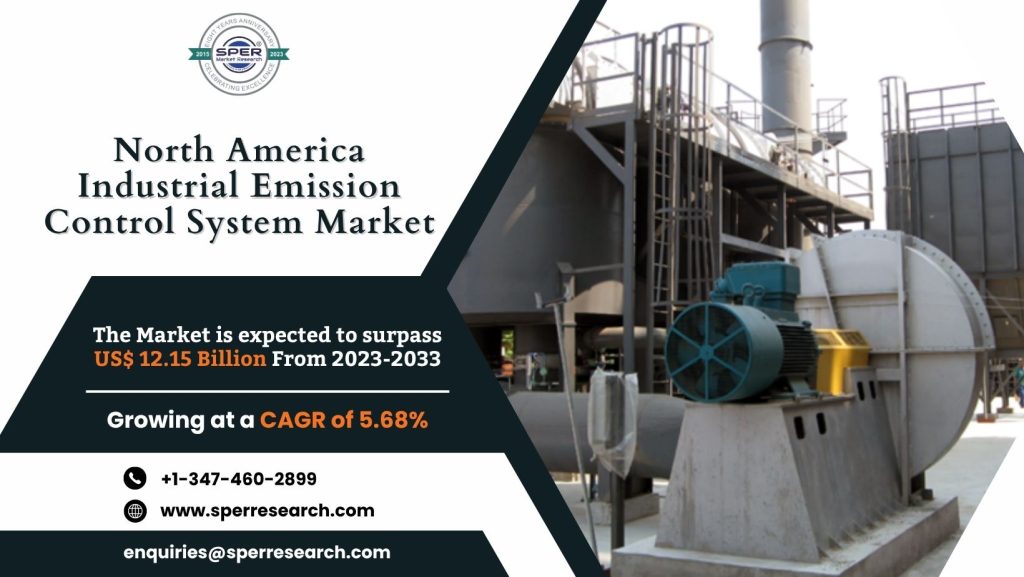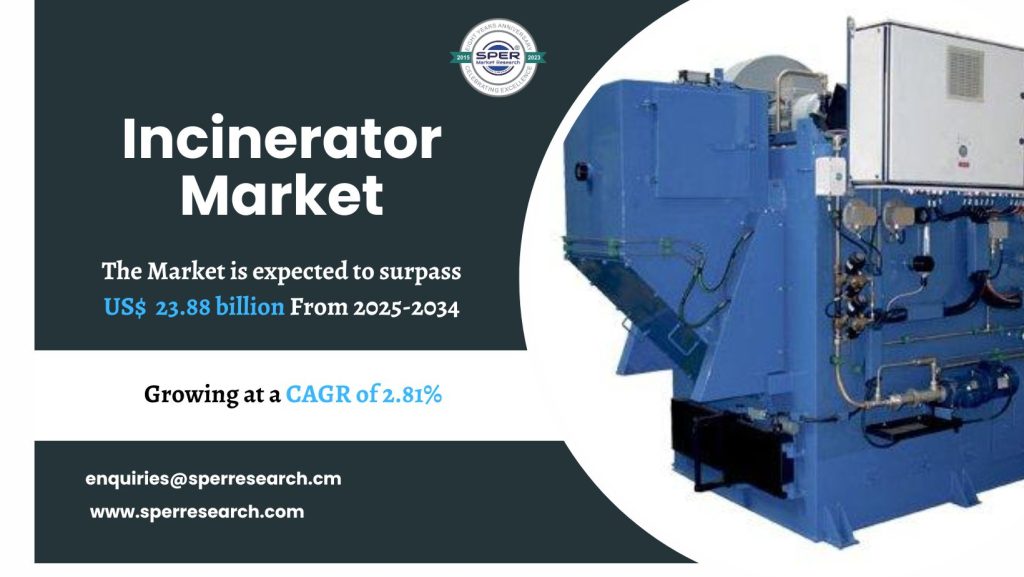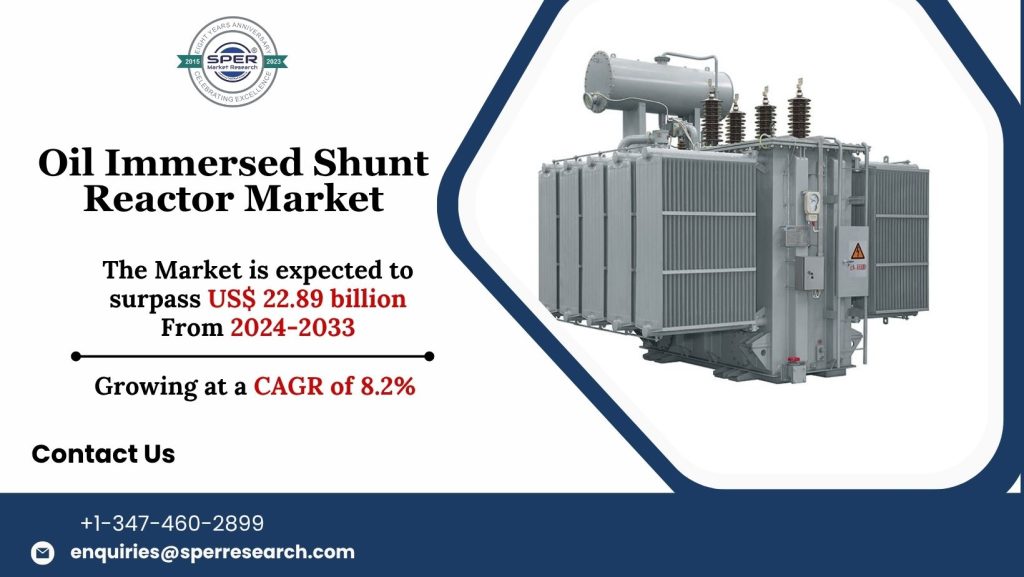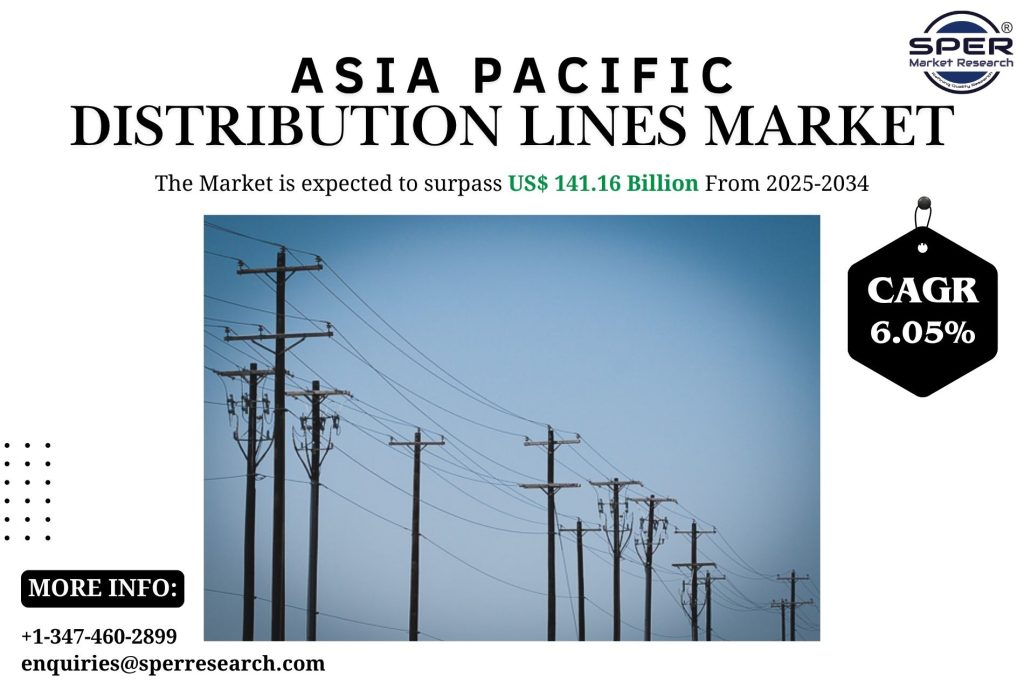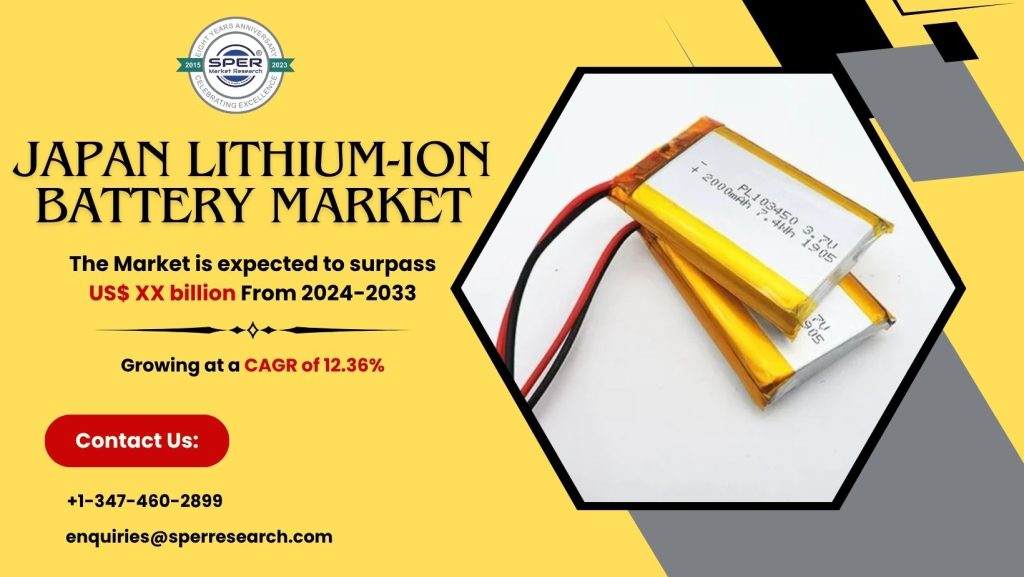Industrial emission control systems are devices and technologies designed to reduce or eliminate dangerous pollutants produced during industrial processes before they are released into the atmosphere. These systems are essential for lowering air pollution and ensuring compliance with environmental regulations, particularly in industries including manufacturing, cement, steel, oil and gas, power production, and chemical processing. The primary objective of industrial emission control systems is to capture pollutants, including particulate matter (PM), nitrogen oxides (NOₓ), sulfur oxides (SOₓ), volatile organic compounds (VOCs), and other harmful air pollutants. Acid rain, respiratory ailments, and climate change are just a few of the major issues that could arise for the ecosystem and human health if these emissions are not regulated.
According to SPER Market Research, ‘North America Industrial Emission Control System Market Size – By System, By Industry- Regional Outlook, Competitive Strategies and Segment Forecast to 2034’ state that the North America Industrial Emission Control System Market is predicted to reach 12.15 billion by 2034 with a CAGR of 5.68%.
Drivers:
North America’s industrial emission control systems market is growing rapidly as a result of stringent environmental regulations, major government spending, and advancements in technology. The U.S. Environmental Protection Agency (EPA) and other agencies enforce stringent emission regulations that force industries to use advanced emission control technologies like scrubbers, electrostatic precipitators, and catalytic systems to reduce pollutants like particulate matter, SOx, and NOx. This is primarily responsible for this growth. These projects aim to reduce pollution by 14 million metric tons annually by reworking processes in industries such as food, beverage, concrete, cement, steel, iron, and aluminum. advancements in the technology of emission control, including the development of smaller, more economical, and more effective systems.
North America Industrial Emission Control System Market Sample in PDF Format, Click Here
Restraints:
The market for industrial emission control systems in North America may not grow due to several significant barriers. One of the primary obstacles is the significant upfront cost required for the development and deployment of advanced pollution control technologies. This substantial economic burden may be particularly daunting for small and medium-sized enterprises, deterring them from adopting these technologies and limiting their capacity to expand their markets. The complexity of integrating modern monitoring systems with historical infrastructure also presents operational and technological difficulties. Older industrial buildings often have control systems that are outdated and incompatible with contemporary sensors or Internet of Things devices. Retrofitting these facilities can be costly and time-consuming, which could reduce output.
The United States leads the North American market for industrial emission control systems, mainly because of its strict environmental laws and large expenditures on emission control technology. Some of its key players are Babcock & Wilcox, BASF, CECO Environmental, Durr Group, FLSmidth.
For More Information, refer to below link: –
North America Industrial Emission Control System Market Growth
Related Reports:
United Kingdom String Inverter Market Size
Europe Pipeline Pigging Market Size
Follow Us –
LinkedIn | Instagram | Facebook | Twitter
Contact Us:
Sara Lopes, Business Consultant — USA
SPER Market Research
enquiries@sperresearch.com
+1–347–460–2899
